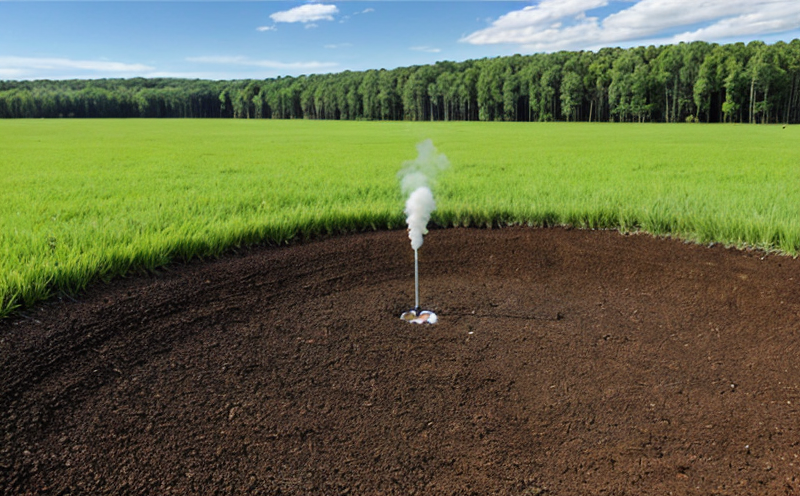ISO 5667 Water Sampling Procedures in Mining Areas Testing
The ISO 5667 standard provides a robust framework for water sampling, ensuring accurate and reliable measurement of pollutants and contaminants in mining areas. This service is critical for compliance with environmental regulations and to safeguard the integrity of the ecosystem surrounding mining operations.
In mining environments, water can become contaminated by various pollutants such as heavy metals (e.g., arsenic, mercury), organic compounds, and other toxic substances. The ISO 5667 standard addresses these challenges through a series of detailed procedures that help ensure consistent sampling practices across different geographical locations.
The service involves several key steps: selection of appropriate sampling points, determination of the volume to be sampled, proper storage, transportation, and preservation of samples before analysis. By adhering strictly to ISO 5667 guidelines, we minimize errors that could arise from improper handling or contamination during sample collection.
Our team of experts uses advanced instruments such as flow meters, graduated cylinders, and specialized containers designed to meet the stringent requirements set forth by this international standard. This ensures precision in measuring water quality parameters which are crucial for environmental monitoring and regulatory compliance.
The results obtained from ISO 5667-compliant sampling procedures provide reliable data that can be used to make informed decisions about corrective actions needed to mitigate potential risks posed by mining activities on nearby water bodies. Compliance with these standards not only helps maintain operational efficiency but also contributes positively towards sustainable development goals.
To ensure accuracy, our laboratories are equipped with state-of-the-art analytical equipment capable of detecting even trace levels of contaminants in water samples. Additionally, we employ highly trained professionals who have extensive experience working within the mining sector and understand its unique challenges related to environmental impact assessment.
| Sample Type | Description | Purpose |
|---|---|---|
| Surface Water | Water at the surface of a body of water. | To assess immediate environmental impact from mining activities. |
| Groundwater | Water found beneath the Earth's surface in rock and soil formations. | To evaluate long-term effects on groundwater quality due to mining operations. |
Industry Applications
- Compliance Monitoring: Ensuring adherence to environmental protection laws and regulations.
- Environmental Impact Assessment: Evaluating the potential effects of mining activities on surrounding environments.
- Sustainability Reporting: Providing transparent data for stakeholders regarding corporate responsibility efforts.
Quality and Reliability Assurance
We take great care in maintaining the highest standards of quality assurance throughout our ISO 5667 water sampling procedures. Our processes are meticulously planned, executed, and documented to ensure traceability and reproducibility.
The reliability of our results is further enhanced by rigorous quality control measures implemented at every stage from sample collection through final analysis. This includes regular calibration of instruments, cross-checking readings with independent methods when possible, and strict adherence to international standards such as ISO 5667-1:2019.
Our commitment to excellence extends beyond technical proficiency; it encompasses ethical considerations too. We strive to minimize any adverse impacts on local communities while promoting responsible resource utilization practices that support long-term environmental sustainability goals.
Environmental and Sustainability Contributions
The work we do under ISO 5667 contributes significantly to reducing the negative ecological footprint left by mining activities. By providing precise measurements of water quality parameters, our services enable proactive measures aimed at minimizing harm caused during extraction processes.
This not only promotes better stewardship over natural resources but also fosters healthier ecosystems around operational sites. As part of our broader sustainability initiatives, we advocate for integrated approaches that balance economic growth with environmental protection.





